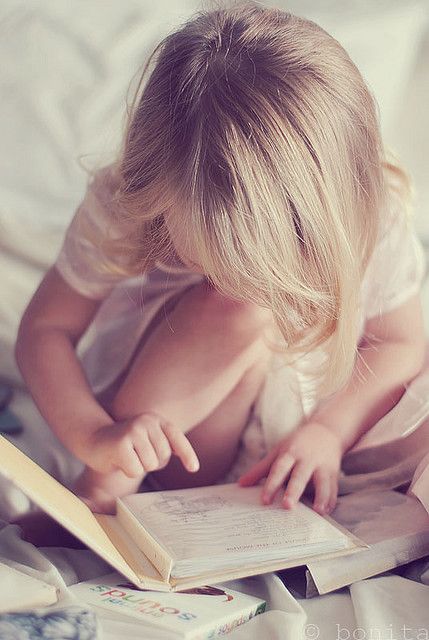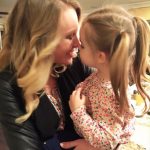
This is how reading feels to me. It’s an experience I want for my children, too.
I started trying to teach my son to read about a year ago, using a system that I cobbled together based on what seemed to make sense – having him sound out the titles of books before we read them, having him sound out words within the books here and there, and following along with my finger so he’d be able to see where we were.
It didn’t work. He was constantly frustrated, wanting to get to the fun part (the part where he didn’t have to put in work), and it seemed like we never made any forward progress. I mentioned this to my friend Erin, who happens to be a third-grade teacher, and the next day at school dropoff she handed me a stack of the most boring-looking books in the world. They’re black-and-white and don’t contain especially compelling stories…but I am not kidding when I tell you that what they did was skyrocket my son forward in a matter of weeks. The books make him feel good about himself – they move you forward incrementally, making kids feel confident in their abilities while gradually introducing new concepts – and just reading two or three a night has been nothing short of transformative.
The books Erin leant me, alas, aren’t really books that you can buy if you’re not a teacher (you technically can, but they’re only available in sets of six that are pretty expensive), but because Erin is amazing she did a bunch of research and found another series, Brand New Readers, that uses an almost identical system (she actually ordered the set herself and confirmed that it adheres to the same principles). And while I have you here, I thought I’d add a mini-lesson from Erin to help give those of you with learning-to-read-age children a few extra pointers.
Passing the post off to Erin now.
![]()
![]()
![]()
A Simple Strategy For Teaching Your Child To Read
(And The Books You’ll Need)

The most important aspect of teaching a child to read is that reading is understanding. Simply decoding the words on a page (or memorizing flashcards) is not actually reading. I say to my students all the time, “Do you think I read books because I think it is fun to figure out tricky words?” and they laugh, because the concept is just so ridiculous. Adults read to enjoy a story, and children need to understand that they can approach reading the same way: for enjoyment.
How Do I Get Started Teaching My Child To Read?
Once children are ready to begin learning to read, it is vital to provide books that are at an appropriate level. Most picture books are actually at a reading level that is far above the ability level of a new reader, and can cause a tremendous amount of frustration for the child (and parent too).
When asking your child to start reading to you, keep the books really simple so you can focus on skills that matter (one rule of thumb is that they should only struggle on about 5 out of every 100 words(. That way they are successful enough to be able to understand the book, while being challenged enough to practice the skills and strategies required to grow as a reader.
In order for a beginning reader to be successful 95% of the time, they need to start with books – like the Brand New Readers sets – that have repeating patterns (“I see the cat.” “I see the dog.” “I see the bird.”) paired with pictures that match the variable. Each boxed set comes with 10 funny books that feature repeating characters that children begin to love, and the inside cover of each book even has tips for parents.
Some Tips To Teach Basic Reading Skills:
- Use the pictures in the book to help them grasp the meaning of the story. Looking at the pictures isn’t “cheating”; it’s an important part of the process of understanding how reading works.
- Make connections between their prior knowledge of the world and the story they are reading. (For example: Your child knows that he/she usually plays inside when it is raining, so when it starts raining in the story they are reading, and the character’s mom asks the character to come inside, your child can connect their prior knowledge to what is happening in the book.)
- Self-monitor: Notice when they read something that doesn’t make sense, and reread to self-correct.
- Point to each of the words with your finger as they’re spoken, and model left-to-right directionality and the return sweep to the next line of text.
- Focus on “sight words” – high-frequency words like “the,” “and,” and “is” that don’t really need to be “read” in a traditional sense.
Alternatives to the Sound-It-Out System:
Instead of saying, “Sound it out” Every. Single. Time. your child is stuck on a word, try saying:
- What makes sense there?
- Look at the picture.
- Cover up part of the word.
- Look for a blend. (th, ch, sh)
- Find a piece/chunk you know.
- Does that sound right?
- Does that look right?
- Does that match the letters?
- What letter does it start with?
- Can you match it to the picture?
- Can you reread that?
And finally, remember that our first priority – the very most important thing we can do for young readers – is to read to them often, and teach them to read for enjoyment. If they learn to love reading, they’ll seek it out for themselves, and turn into adults with a lifelong appreciation for the written word.
![]()
 Erin Chapman is an elementary school teacher in the South Bay public school system. She lives in San Jose with her husband and two children, and is startlingly brave when it comes to crab-holding.
Erin Chapman is an elementary school teacher in the South Bay public school system. She lives in San Jose with her husband and two children, and is startlingly brave when it comes to crab-holding.






